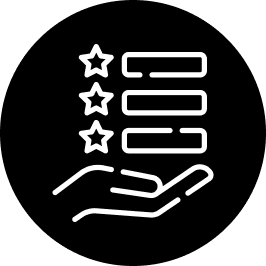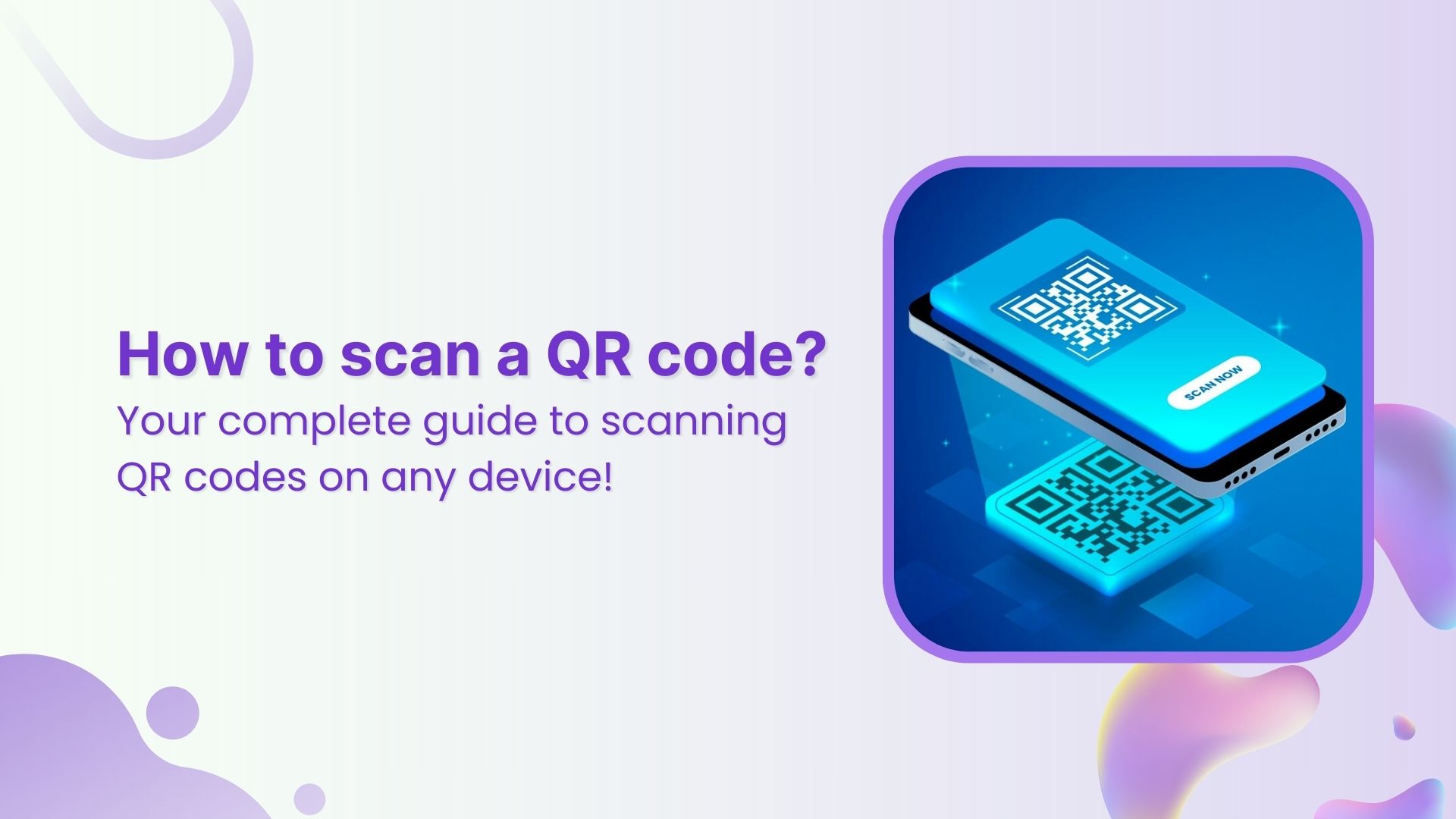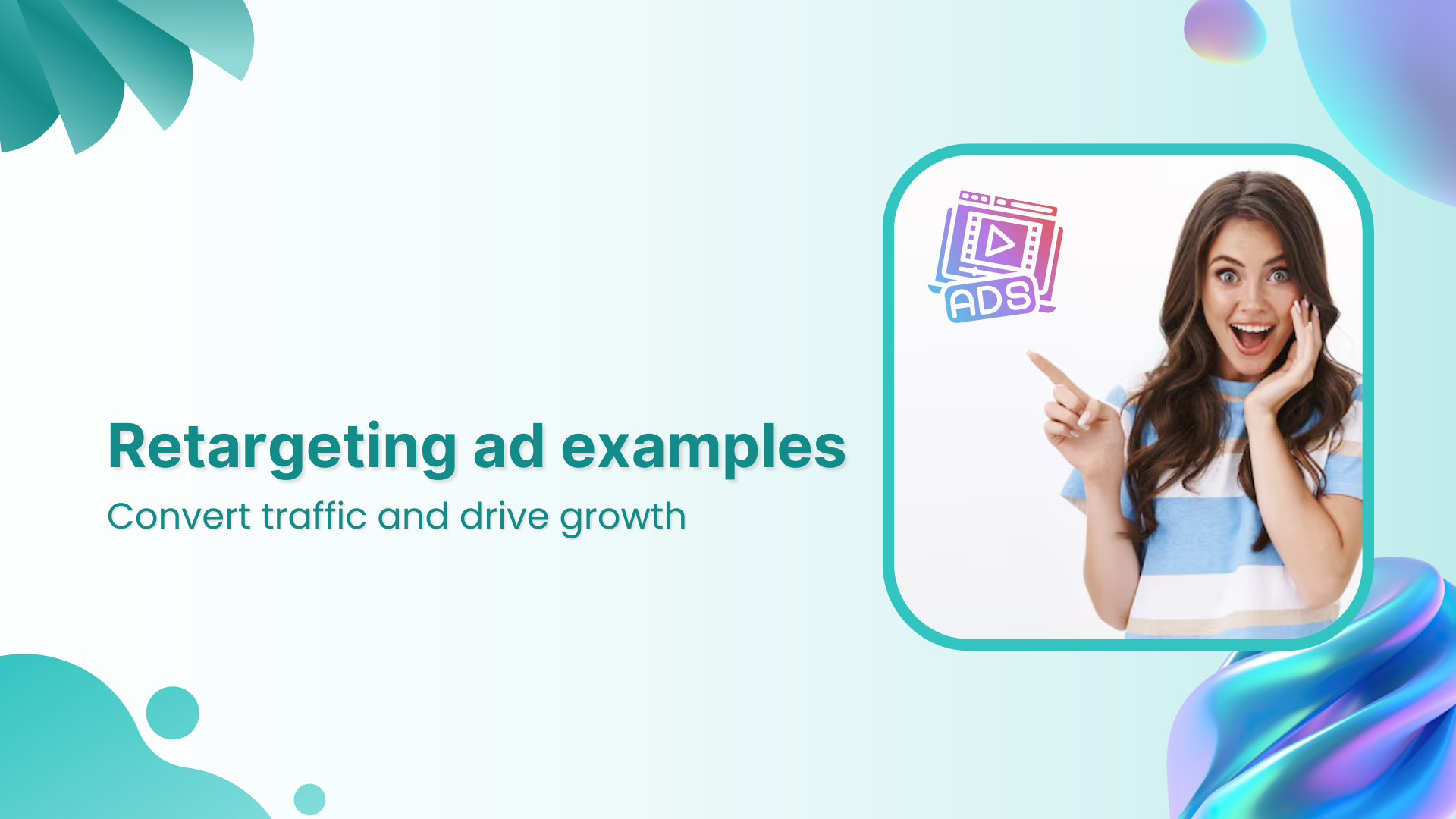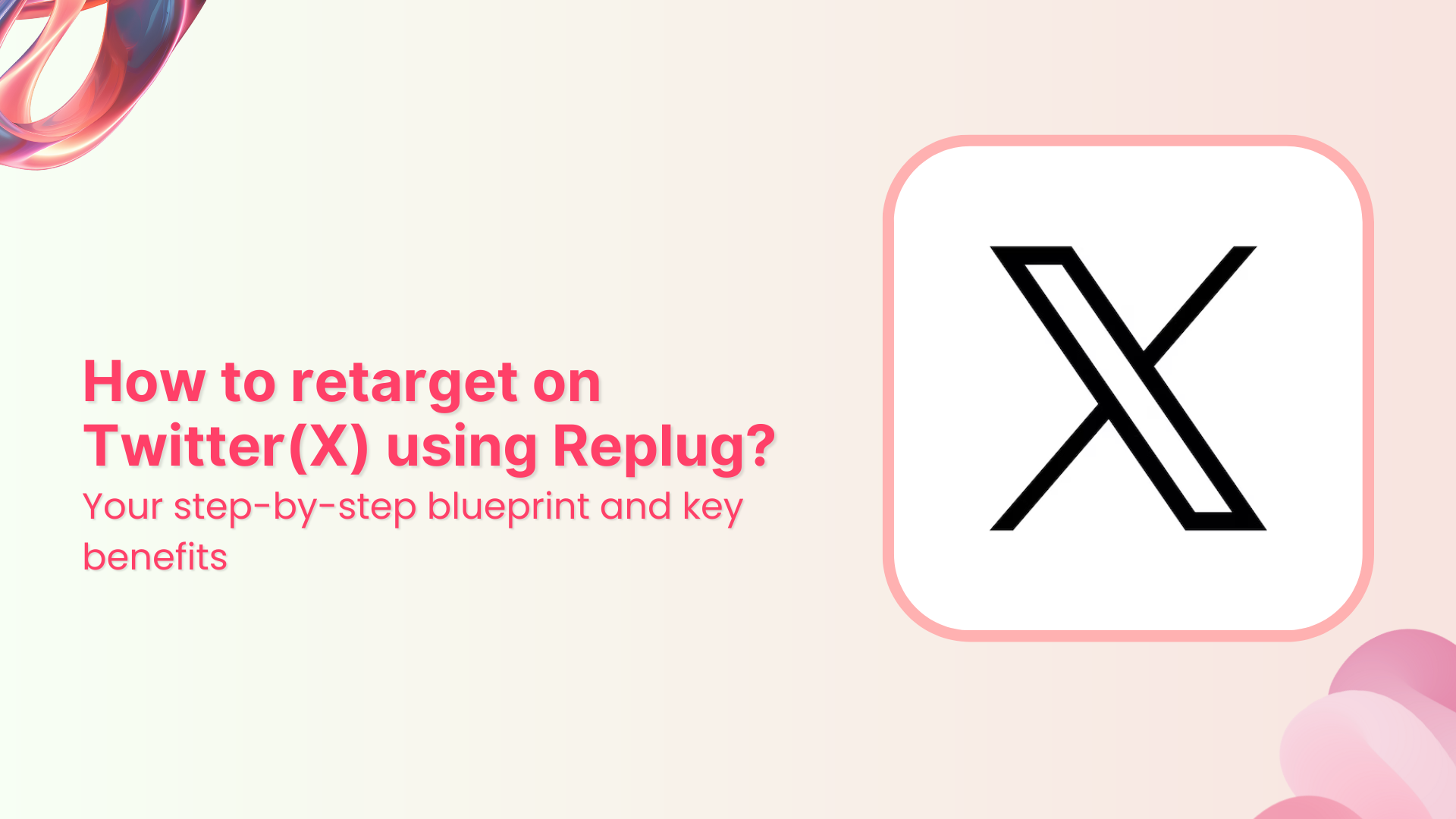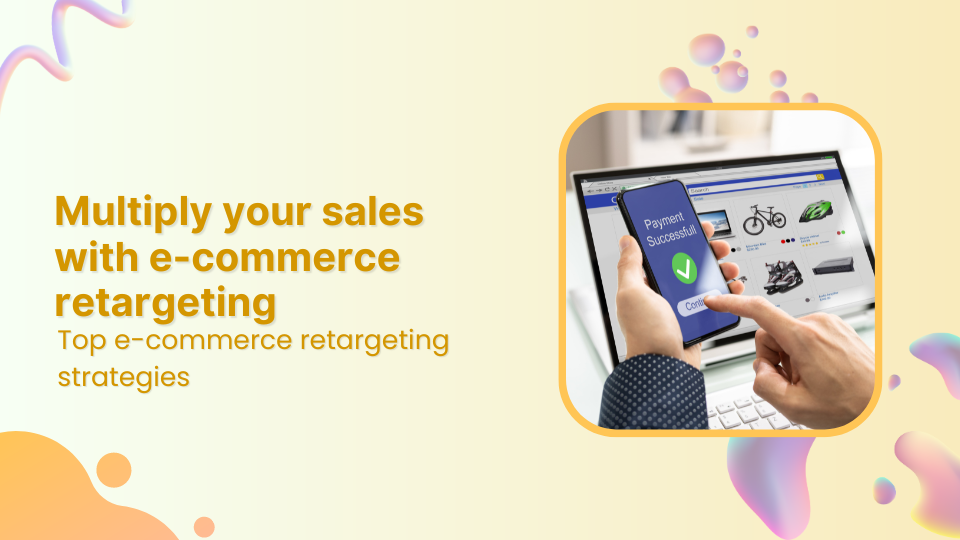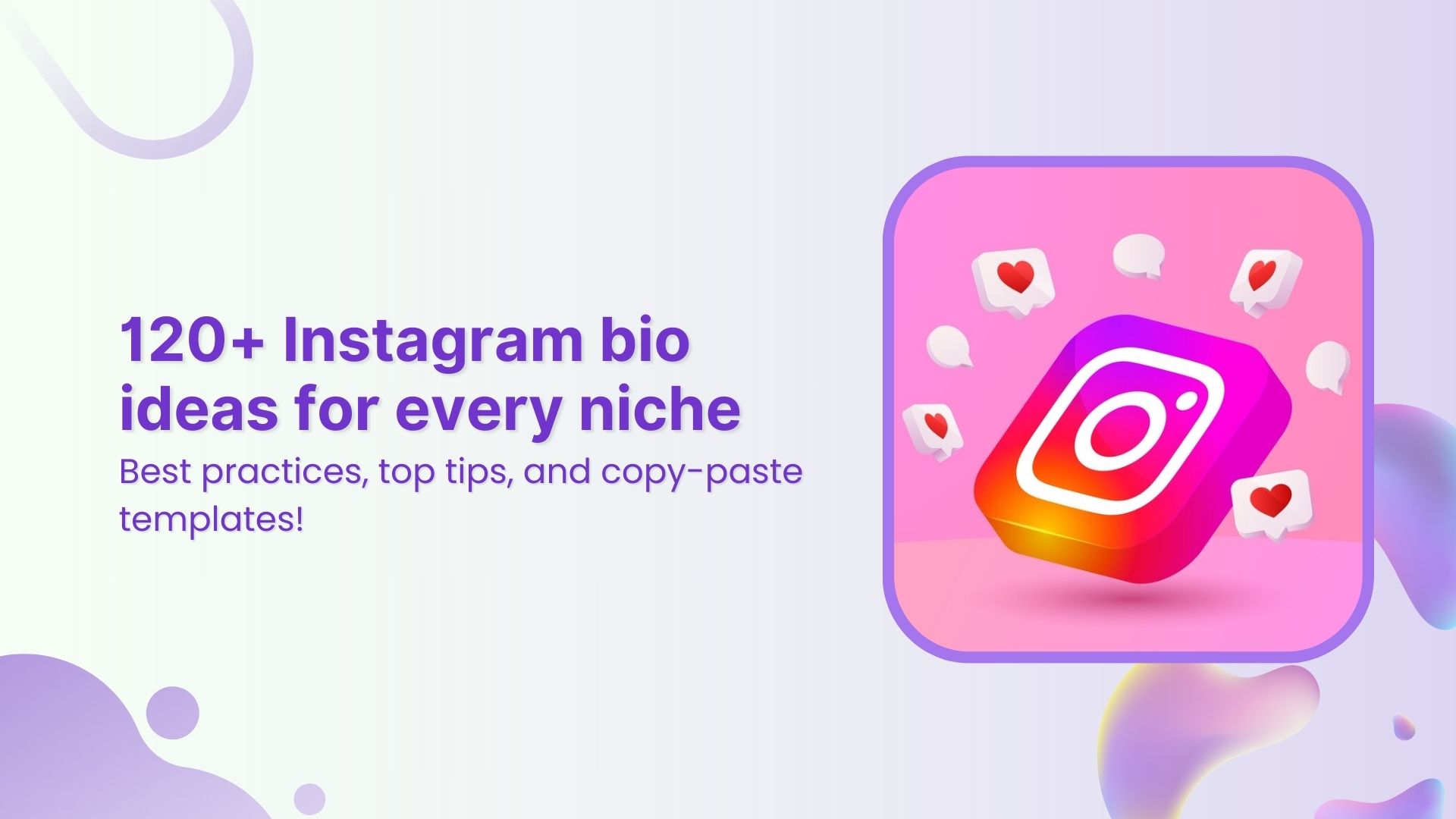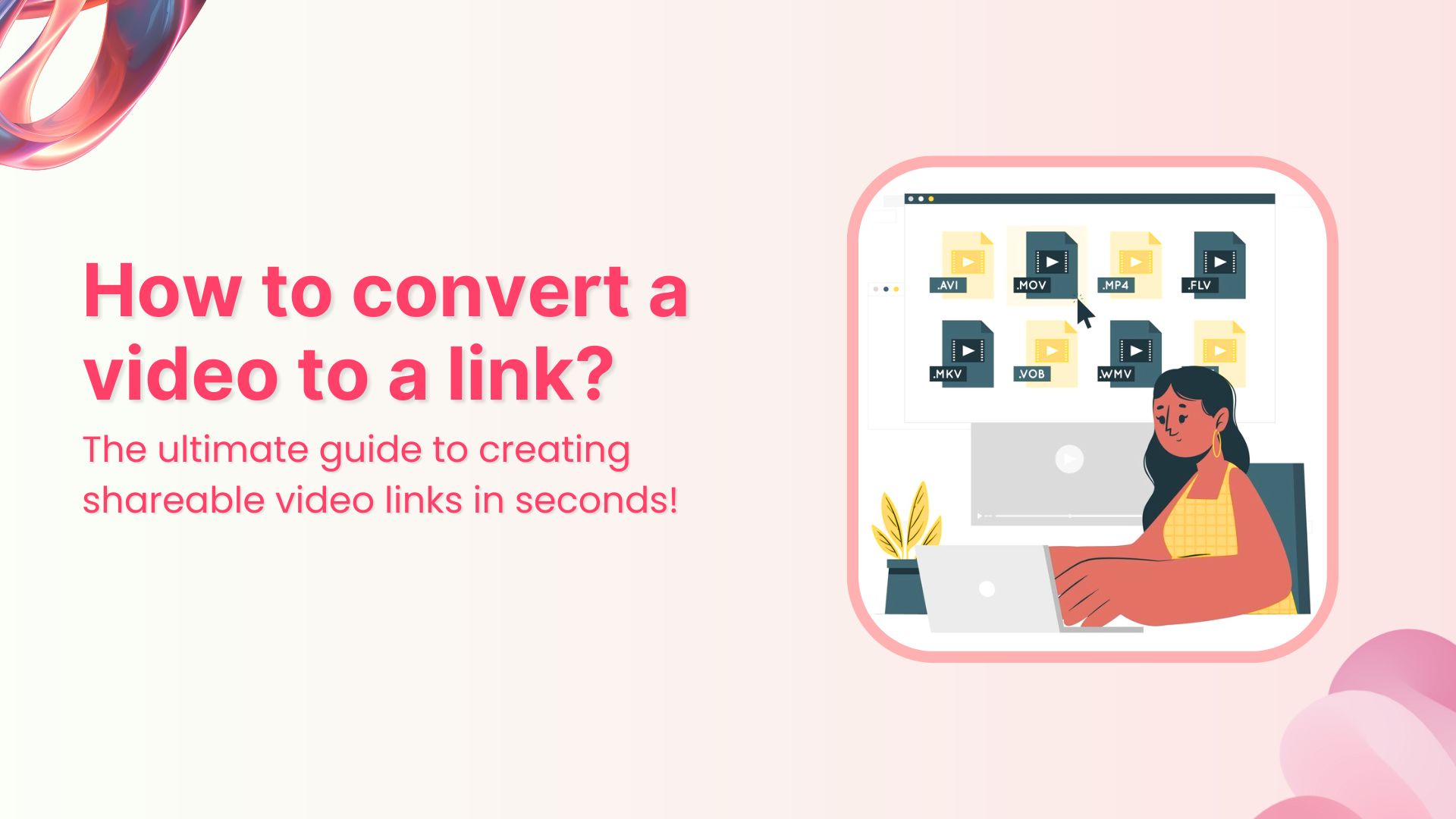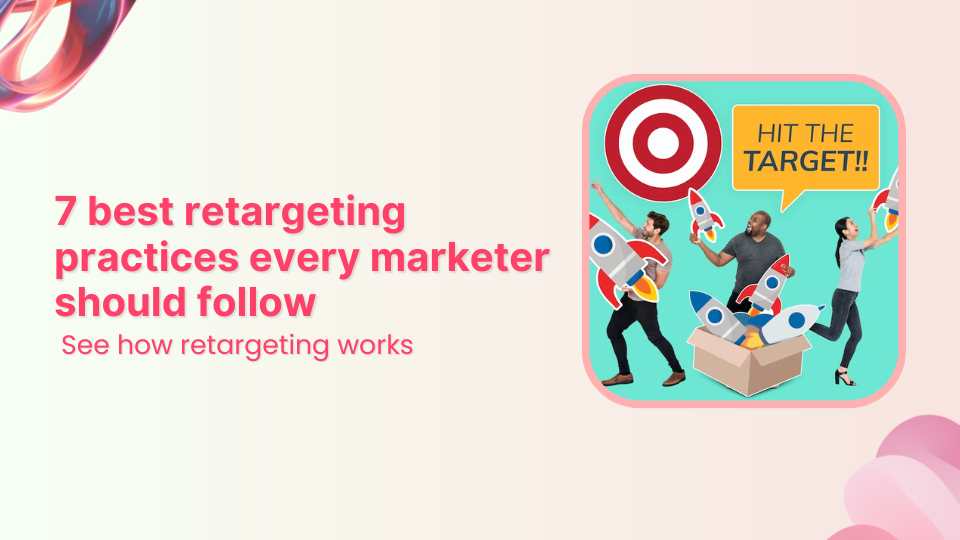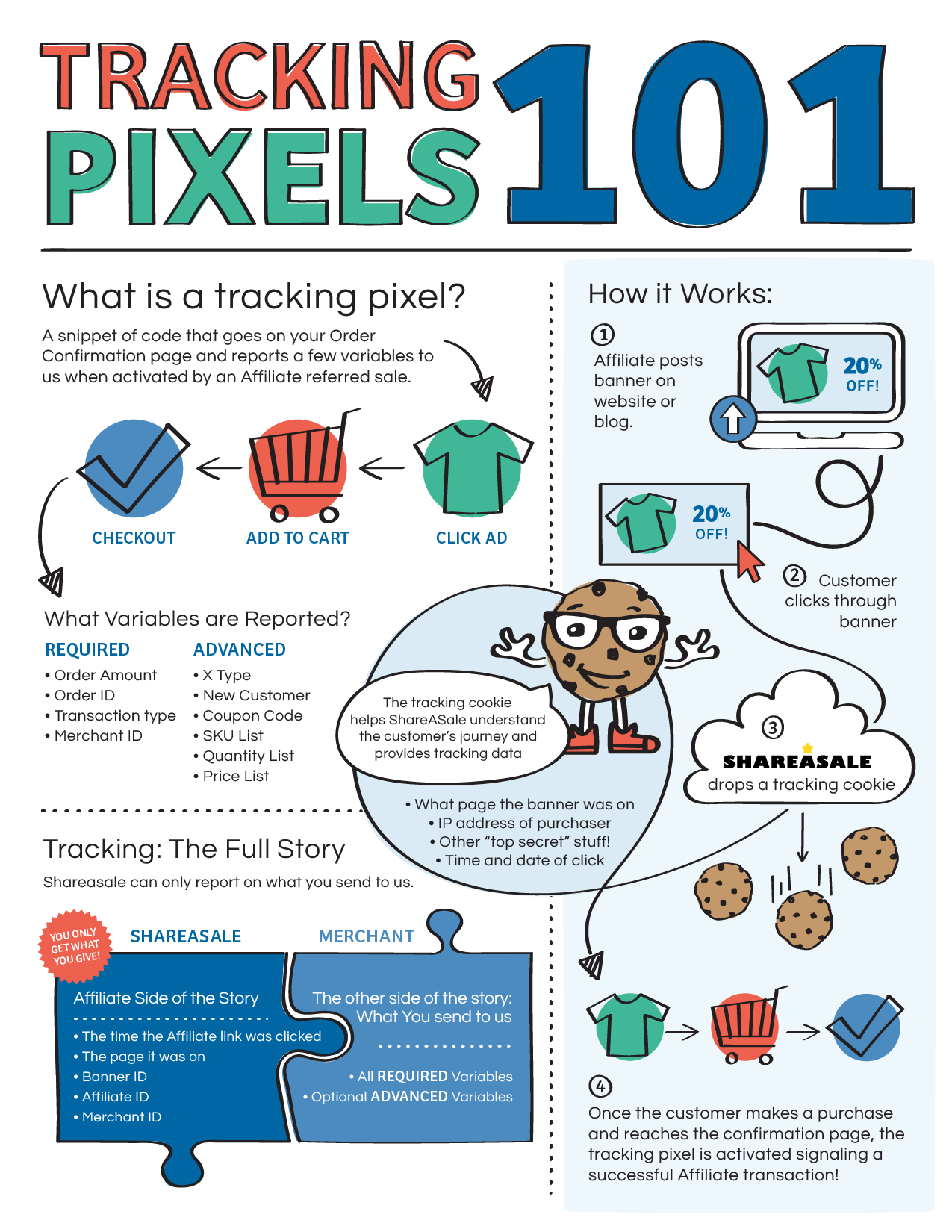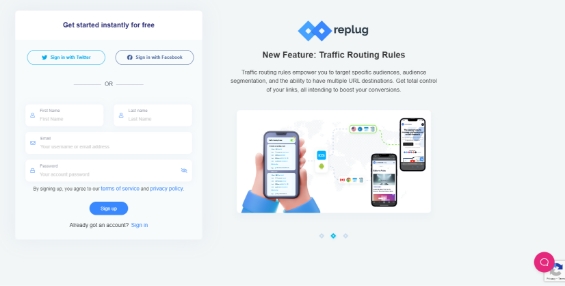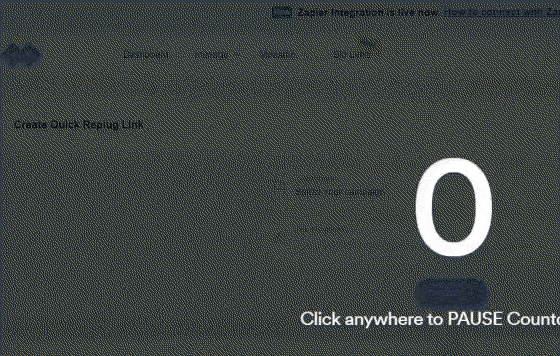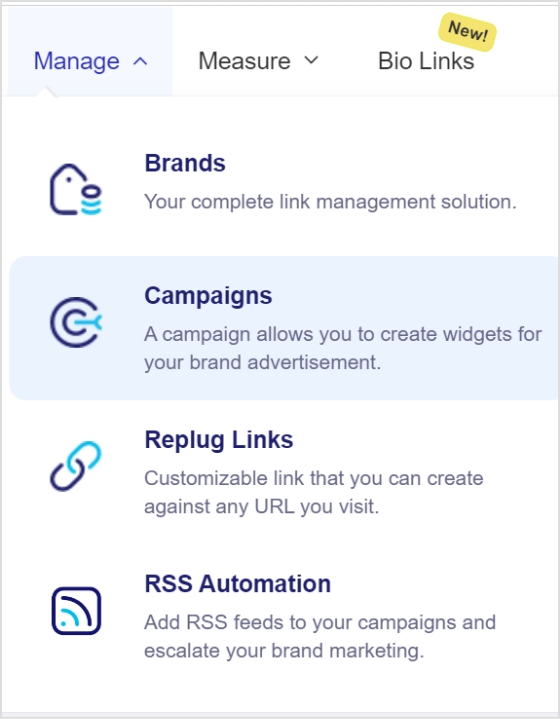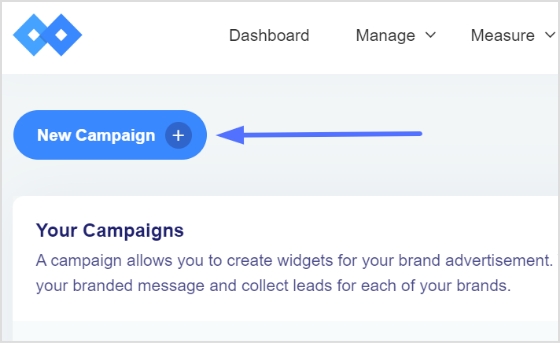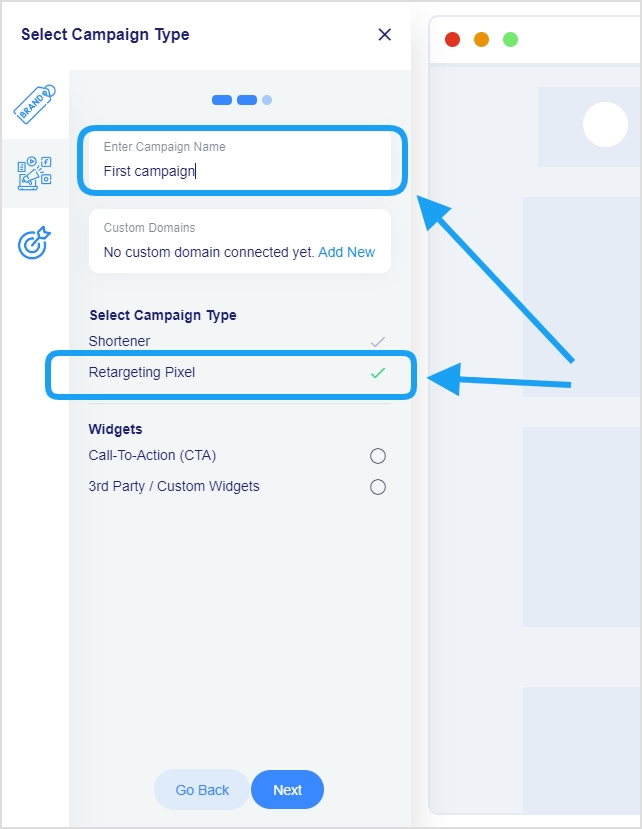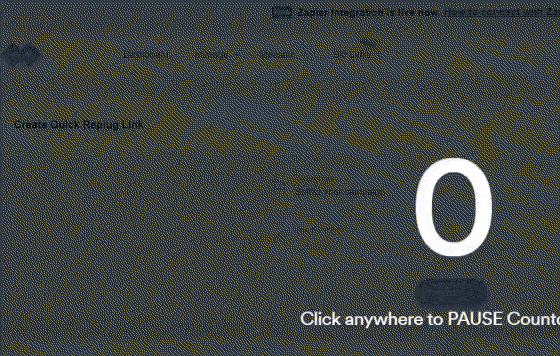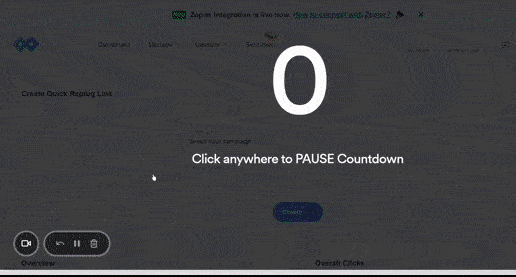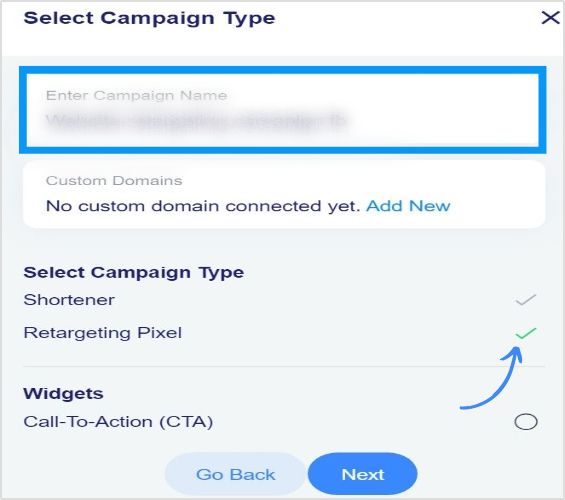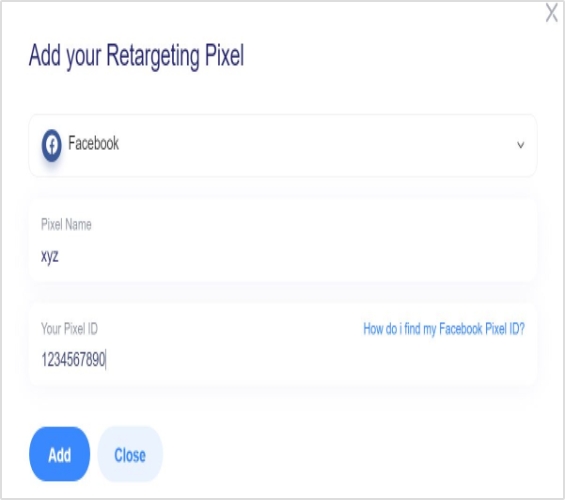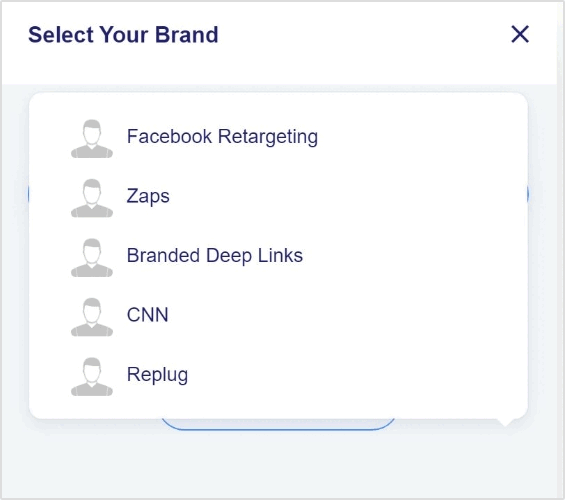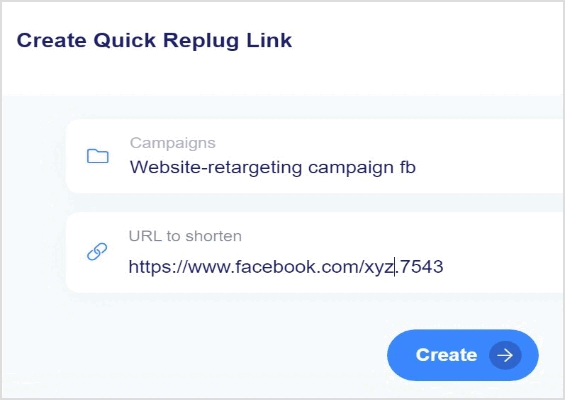What is a retargeting ad?
The word “retargeting” refers to the process of targeting (an audience) again. A retargeting ad targets website or app visitors that have already visited the website or landing page of the advertiser.
What is a retargeting platform?
Retargeting platform is a tool that allows advertisers to reach people who have previously engaged with their website or mobile app.
One of the most common online advertising strategies is retargeting, which e-commerce marketers use to engage, attract, and convert the audience.
If you are a marketer or newbie looking to retarget visitors that bounce off your website or leave in mid of their purchase journey, then retargeting is for you.
Let’s dig deeper into the marketing tactic and find out the best retargeting platforms that may help your cause.
How does a retargeting ad work?
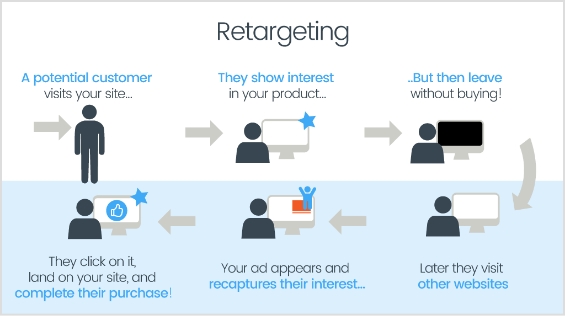
A retargeting ad is not rocket science. The way it works is that it uses the retargeting pixel code to recognize the website or app visitor and helps the advertiser reach out to the same audience through a retargeting ad campaign.
So that’s how a retargeting ad works.
Features to look for in retargeting platforms
Don’t shy away from going through the features before opting for a retargeting platform.
Here’s a brief list of features to look for when choosing a retargeting platform:
- Audience segmentation – Target specific user groups based on behavior and demographics.
- Cross-channel targeting – Reach users on web, social media, email, and mobile apps.
- Customizable CTA – Tailor calls-to-action to boost engagement.
- Real-time analytics and reporting – Get immediate insights into campaign performance.
- A/B testing capabilities – Experiment with creatives and targeting to optimize results.
- Integration with other marketing tools – Ensure data flow with CRM, email, and analytics tools.
- Transparent pricing – Look for clear pricing structures that align with your budget and goals.
Also read: Social media retargeting: What is it & how it works?
08 best retargeting platforms you can rely on
Following are some of the best retargeting platforms out there.
1. Replug

Replug is a top notch retargeting platform used by e-commerce businesses, media companies, digital agencies, and other online businesses on daily for optimized retargeting.
Its features include traffic routing for audience segmentation, A/B testing for campaign optimization, link cloaking for added security, branded link tracking for consistent branding, and cross-platform conversion tracking to measure results across channels.
Additionally, Replug offers customized link solutions tailored for agencies, affiliate marketers, advertisers, and publishers to enhance their marketing strategies.
Link Management Made Easy
Your go to link management tool for CTAs, branded and bio links, QR Codes, tracking and retargeting.
Get Started for FREE!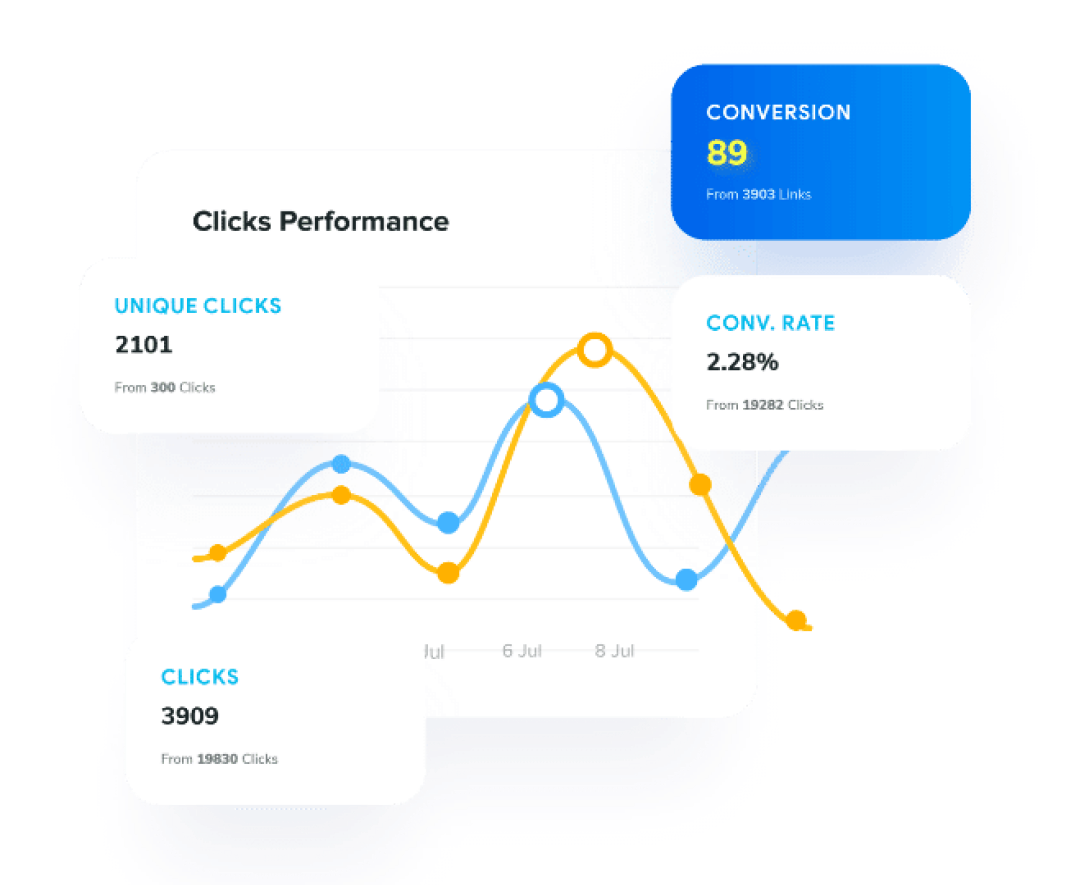
Features
- Replug allows you to add retargeting pixels from multiple platforms to your links, enabling you to track and build custom audiences from each click. This feature helps you re-engage visitors with targeted ads across platforms, improving your chances of conversion.
- By traffic routing you can direct visitors to high-converting landing pages based on factors like location, language, device, and whether they’re human or bot.
- The A/B testing feature allows you to test multiple link variations to determine the most effective options. This helps optimize your ad creatives, CTAs, and targeting strategies for higher conversion rates.
- The tool also supports UTM tracking, allowing you to add custom parameters to your links. This feature helps you monitor specific campaigns and understand where your traffic is coming from, providing valuable insights into the effectiveness of each marketing effort.
- Replug’s intuitive dashboard centralizes link management, tracking, and optimization. It provides real-time data at a glance, making it easy to make quick, informed decisions without navigating complex tools.
- Transforms long or unattractive URLs into clean, branded links, which builds trust and boosts click-through rates.
2. Google Ads

When it comes to any type of advertising, Google advertisements are the greatest place to start. They enable you to display your advertising to your targeted audience on Google and its affiliated websites.
To start your retargeting campaign, you must have a Google Ads account. Plus, you must know how to connect a remarketing tag to your property.
Marketers can utilize the audience management tool in Google Ads to create customized audiences by importing data from other sources.
Features
- Google owns roughly 40% of the total PPC (pay-per-click) advertising industry, with unrivaled access to advertising real estate via both the Google display network and the Google search network.
- Anyone with a Google Ads account can use all of its customization and targeting capabilities, including audience manager, for free.
You may also like: The Ultimate Guide for Google Retargeting
3. Facebook retargeting

Facebook is one of the most popular online advertising platforms. The user statistics and overall social media market share tell us that Facebook is an appealing retargeting platform for digital marketing.
The platform has nearly 2.5 billion monthly active users, making this social media giant the third-most visited website on the internet.
Features
- It’s simple to create ads that dynamically retarget audiences who have previously interacted with your products – both on your website and directly on Facebook.
- Facebook Ads follows the standard PPC pricing model, and it’s completely free to get started.
You may also like: Replug for Facebook Retargeting Ads
4. Criteo

With its cutting-edge, dynamic retargeting technology, Criteo is a specialized PPC advertising platform that ensures advertisers a high return on ad spending.
Based on its machine learning and AI-powered ad serving, the platform assists businesses in understanding their target demographic and presenting retargeting advertising on the appropriate channels.
Features
- Criteo can use predictive bidding to automate the PPC bidding process, saving digital marketers time while further optimizing ad spend.
- There is a free trial available, but pricing information must be obtained directly from Criteo.
You may also like: All About OpenAI
5. Adroll

AdRoll is a powerful digital growth platform that integrates social, email, and display advertising efforts to help your business thrive. It employs personalization and automation to help brands structure, sync, and measure all of their marketing data and campaigns.
It assists advertisers with retargeting practices, brand awareness, email marketing, audience segmentation, and campaign insights.
Features
- Adroll provides a unified platform for digital marketers to create display and retarget ad content and targeting criteria.
- It integrates with several publisher networks to extend the reach of retargeting campaigns and cast the largest possible net in pursuit of new consumers and conversions. AdRoll interacts with numerous retargeting platforms, including Google Ads, LinkedIn, Instagram, and Facebook.
6. Perfect Audience
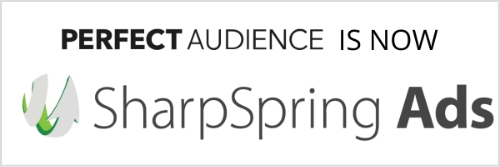
Perfect Audience is a specialized retargeting platform that enables digital marketers to deliver effective remarketing messages across multiple platforms.
Features
- Perfect Audience provides a large amount of display ad inventory through partnerships with Google, AppNexus, Lift DNA, and the Rubicon Project.
- The platform also enables ad management and retargeting campaigns through Facebook Ads, TikTok, Twitter, Instagram, and the HubSpot platform.
You may also like: A Complete Quora Advertising Guide
7. LinkedIn Retargeting

LinkedIn is one of the most popular social platforms on the internet, with over 900 million users. While Facebook’s audience is skewed toward older demographics, LinkedIn users are generally professionals aged 25 to 40.
The platform is used by 44% of Americans aged 25 to 29 as well as 37% of those aged 30-49. It sure has made it to the list of retargeting platforms because it allows advertisers to retarget their audience through ads and get more views on LinkedIn.
Features
- LinkedIn, as a social platform, caters to professionals looking to expand their network of contacts and advance their careers. It’s also an excellent way for digital marketers to connect with B2B sales/marketing targets on a platform where audiences seek business-related information rather than consumer entertainment.
- Getting started with LinkedIn advertising is free. Because the platform adheres to the standard PPC advertising model, you will be charged for each click generated as part of your retargeting campaign.
You may also like: LinkedIn Retargeting Guide
8. ReTargeter

ReTargeter is a retargeting platform that serves the retargeting advertising sub-niche quite significantly. The concept behind this retargeting platform is that display advertising is more of a one-size-fits-all pattern, which this marketing platform doesn’t subscribe to.
In fact, ReTargeter offers programmatic ads that are based on dynamic and custom solutions tailored-made to clients pursuing remarketing.
Features
- ReTargeter provides dynamic creative optimization, advanced audience segmentation, Omni channel programmatic ads, and much more.
- The platform collaborates with excellent partners that ensure that every impression is served for quality.
- This retargeting platform ensures that advertisers shoot for the stars by providing them with a dedicated account manager that assists advertisers along the way.
You may also like: How to retarget on Twitter(X) using Replug?
The mistakes that destroy retargeting campaigns
Try avoiding the following retargeting campaign mistakes:
- No clear vision for retargeting
- Zero audience segmentation
- Starting retargeting too early
- Not optimizing retargeting campaigns
- Delivering the wrong ads
Are you ready to turn ad clicks into more conversions?
Digital marketers and online advertisers will always want bang for their buck so they keep an eye on every possibility to improve their advertising ROI.
Retargeting is an excellent strategy for reaching out to the pinpointed website visitors who have already shown some interest in your product or content.
A lot of brands and digital marketers use retargeting to spice up their online sales, especially during the holiday season or during a discount offer.
Are you ready to make the most of your online advertising without breaking the bank?
FAQs on retargeting platforms
What is the purpose of a retargeting ad?
Retargeting ads aim to re-engage users who have previously visited a website or app, encouraging them to complete an action, such as a purchase, that they initially left unfinished.
How does a retargeting pixel work?
A retargeting pixel is a small code snippet that tracks visitors on a website. It helps identify users for future ads, allowing marketers to display tailored ads to them later.
How long should I run a retargeting campaign?
The ideal duration depends on your campaign goals, but many businesses run retargeting campaigns for a few weeks to several months to ensure optimal reach and frequency.
Can retargeting increase conversions?
Yes, retargeting is highly effective for conversions since it targets users who’ve already shown interest in your product or service, encouraging them to complete an action.
What are some common mistakes to avoid in retargeting campaigns?
Avoiding segmentation, showing ads too frequently, and using generic messaging can lead to campaign inefficiencies. Personalized and well-timed ads perform best.



















